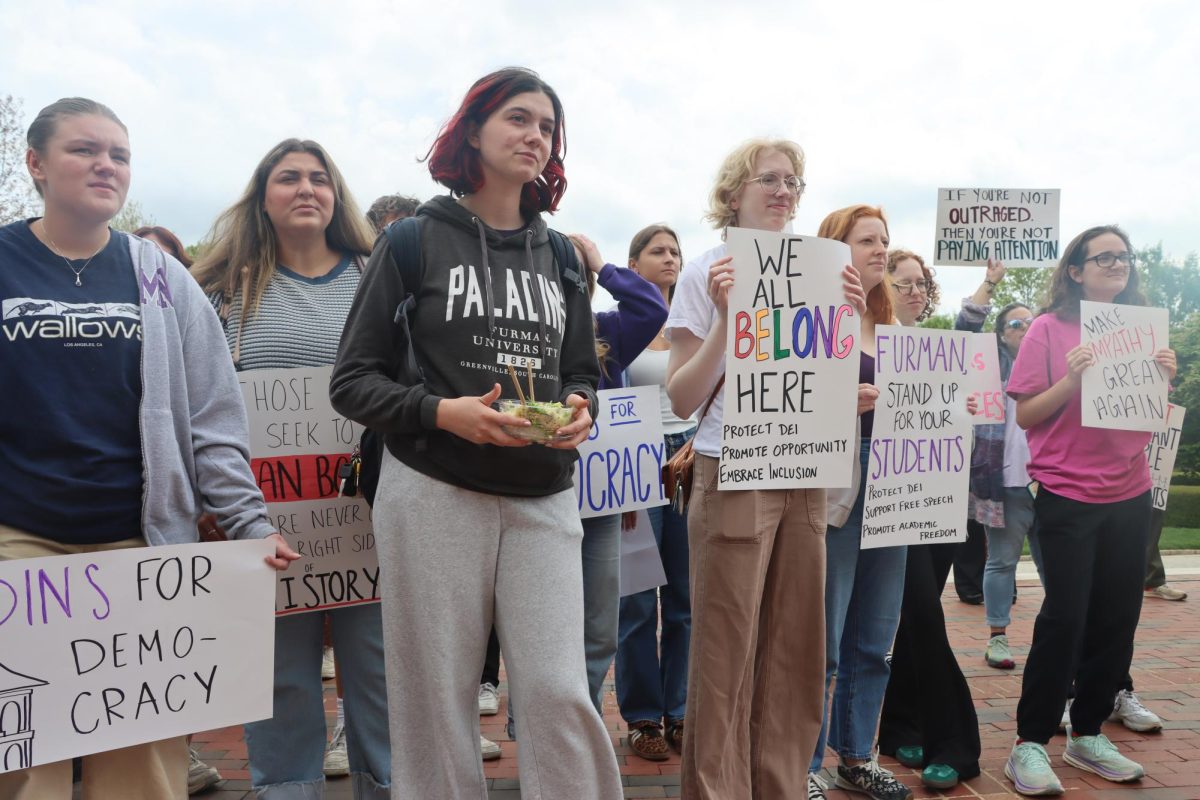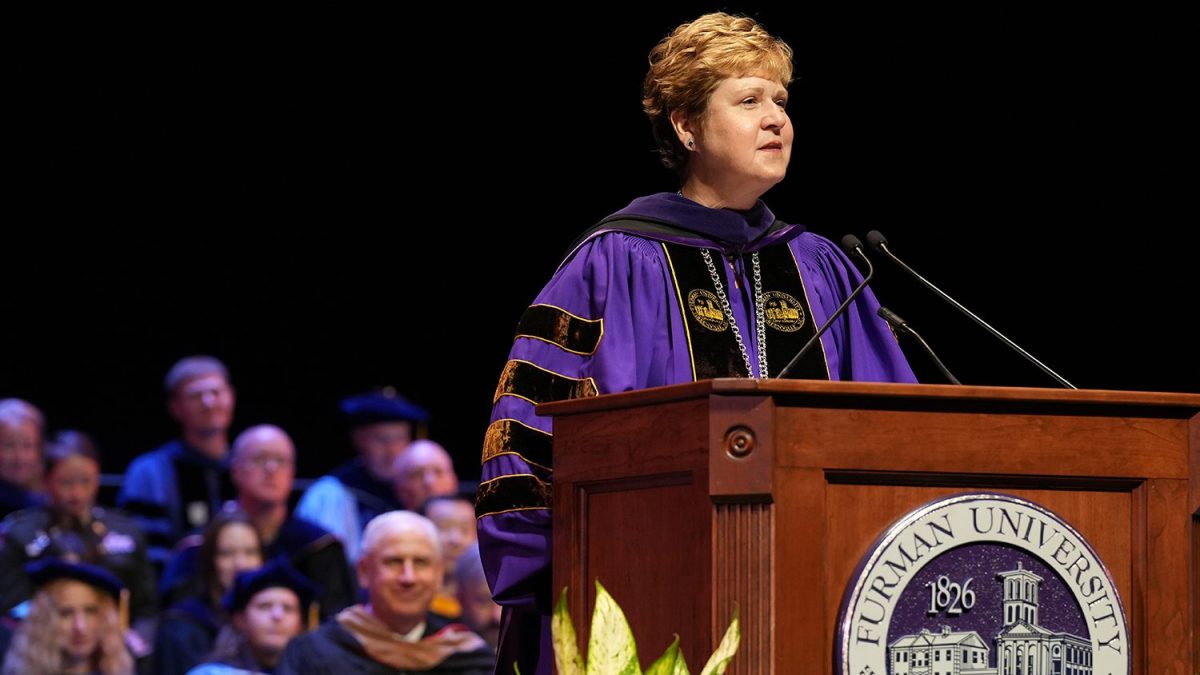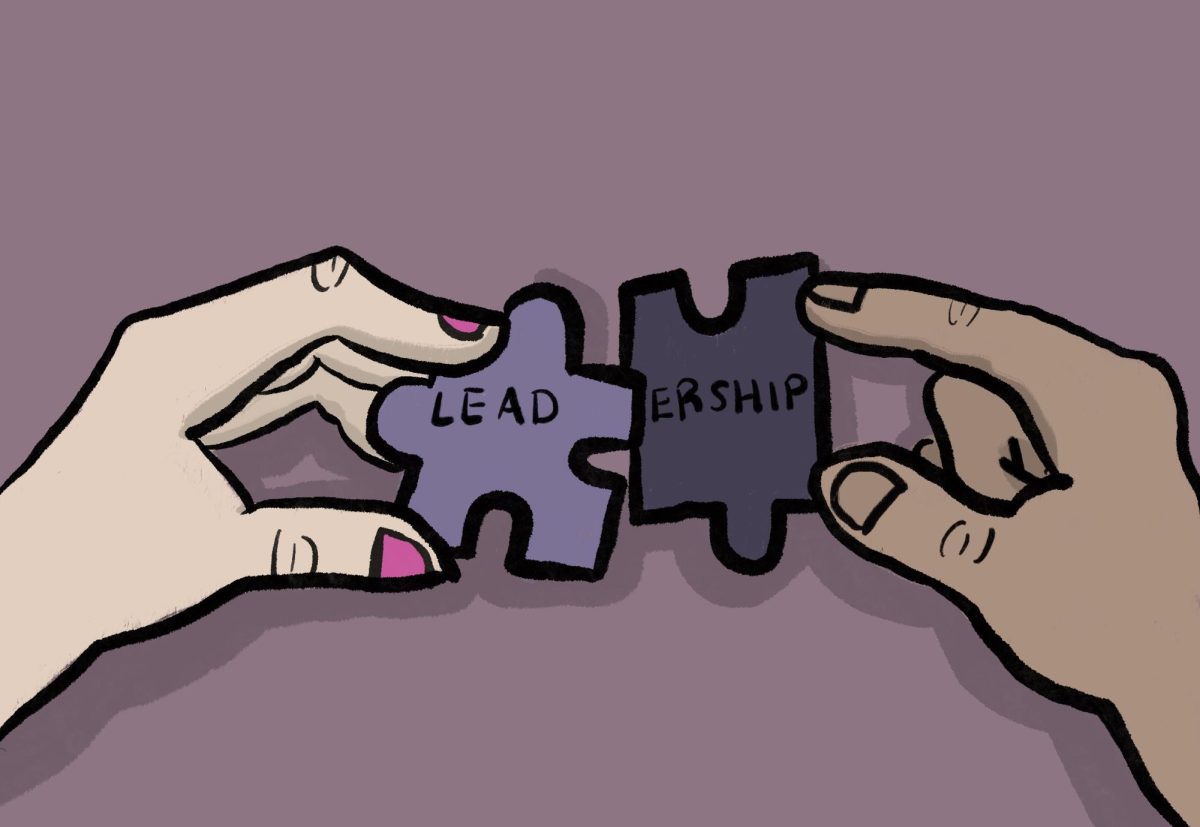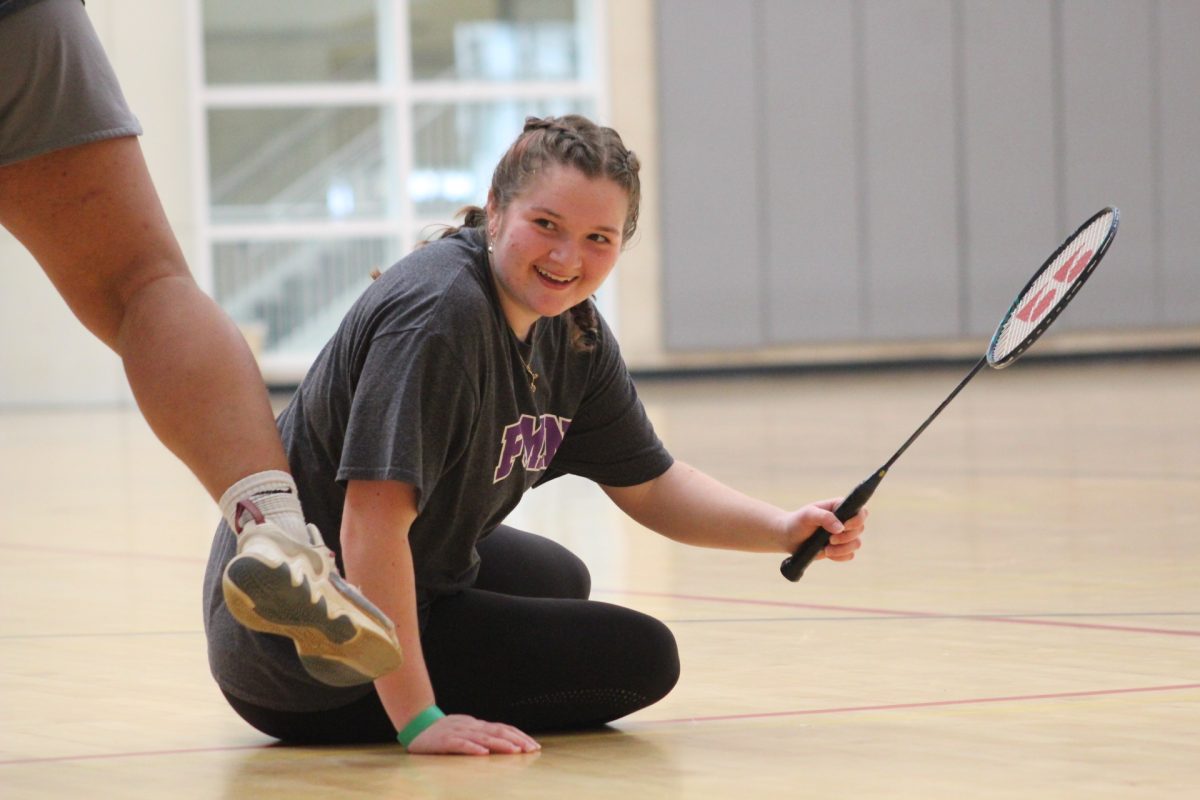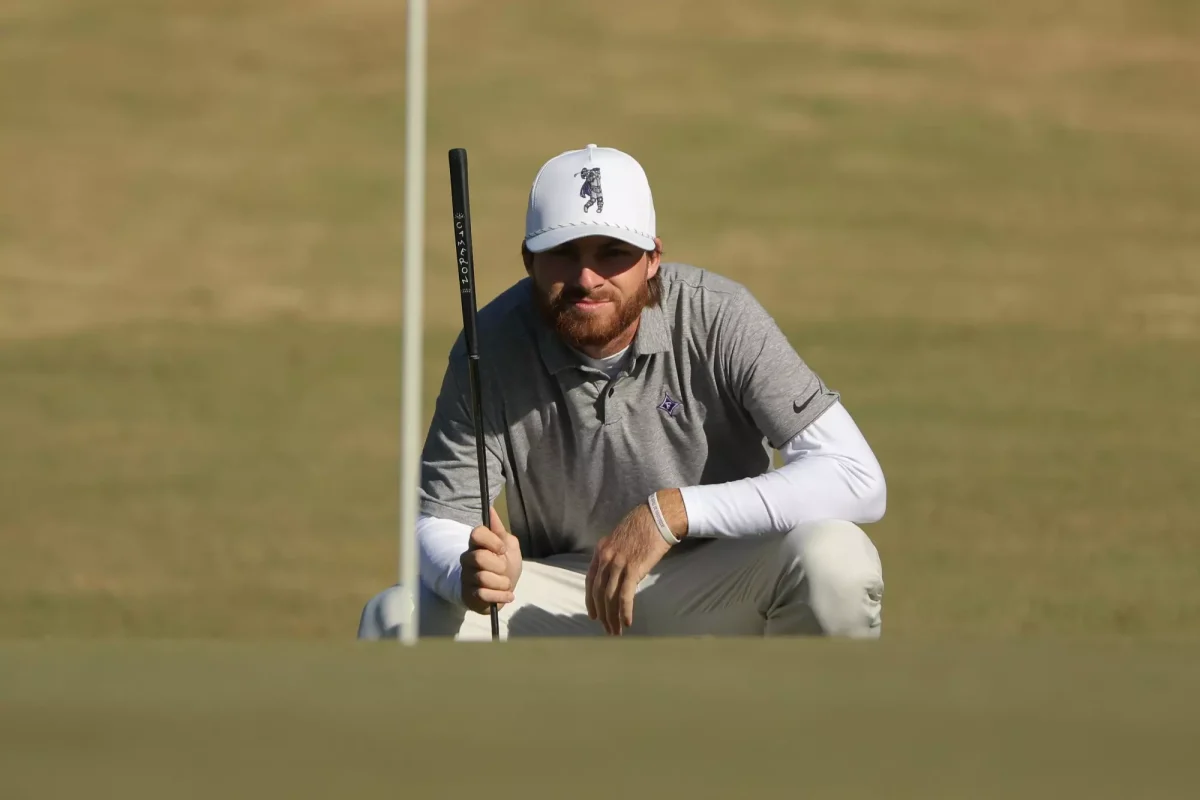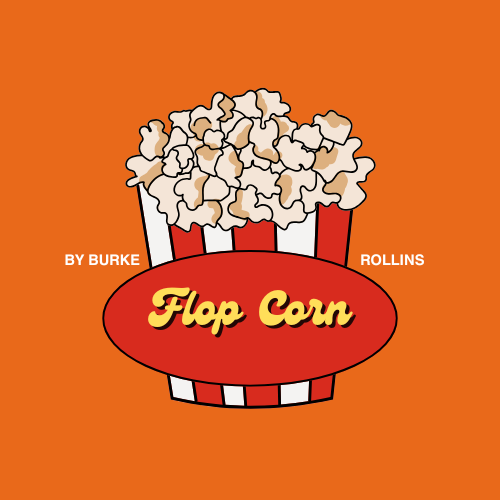Upon walking into Elaine Quave’s ANTHRO/BOTANICAL art exhibition, I felt a sense of tranquility amidst the collection of fragile ceramic sculptures. My immediate reaction was that it felt reminiscent of Alice in Wonderland, with a dark twist. The whimsical plants are made to look like they’re made from human bones.
All of this, however, is not immediately apparent; the casual spectator may think the figures are modeled after a bleached coral reef. Quave, a ceramics instructor at the South Carolina Governor’s School for the Arts and Humanities, said that this was not her initial intention. But after making the first few sculptures, people assumed it was coral. “At first I was actually a tiny bit frustrated … but I completely understood it because of the whiteness. Then the other thing that struck me about that is, when people think coral, they often think of the white pieces that have washed up on the shore.”
Shocked and inspired by the documentary Chasing Coral, Quave decided to move her project in a new direction — one which spoke to the dangers of climate change. “We’re all part of these cycles of energy. If you think about all the things we’re doing to the Earth, you know — we’re changing the air, we’re changing the water, we’re changing the temperature. We’re altering things to an irreparable level,” Quave said.
The effect that climate change has had on the ocean is especially drastic, because the temperature fluctuating merely a few degrees can kill off entire ecosystems. However, bleached coral reefs have their own haunting beauty, which makes it difficult to see the problem. According to the International Union for Conservation of Nature, a quarter of all marine fish reside in reefs, and 500 million people depend on coral reefs for survival. It is not merely the aesthetic makeup of these habitats that we are affecting, we are also harming ourselves, as well as other species.
Although these political conversations may arise from viewing Quave’s sculptures, this is not the primary intention nor the inspiration behind the exhibit. “I’ve always been interested in trying to understand what we are, but then also understanding our place in the world. I didn’t make them to make a statement about what we’re doing to the environment. That’s come into the work because I’ve been interested in this relationship between us and the natural world.” Quave went on to discuss the interconnectedness of all living things, and the fine line between plant and animal.
Throughout her career as an artist, she says that she has enjoyed challenging human perception, taking seemingly ordinary things and constructing them to appear in a new way. “We have to define things, we have to name things in order to understand them, in order to have a conversation. There’s no conversation without it, there’s no meaning without it. But the thing that definitions do, is it simplifies things in a way that makes it harder to see that really the only constant thing that’s happening is [that] everything’s always changing.”
I advise going to this exhibit with an empty mind. Silently observe the different forms, colors, and shapes, not defining them in any way. Soak in the stillness, the silence, the fragility. The quiet can speak volumes. Environments are in constant flux, but we do have power over how we contribute as a species. Quave says that she is amazed by what humans can do. “We’re incredibly imaginative, inventive and it’s just amazing all of the things that we can figure out, that we know. We can find solutions if we work together,” She hopes that those who view her work do not become pessimistic, rather that they become inspired and curious. “I don’t want it to be a message of loss and despair. I want it to be a message of life – even though it’s bones in the room, it represents things that are living.”
Elaine Quave’s ANTHRO/BOTANICAL exhibition can be viewed at the Thompson Gallery, located inside of the Roe Art Building, until Oct 13.






